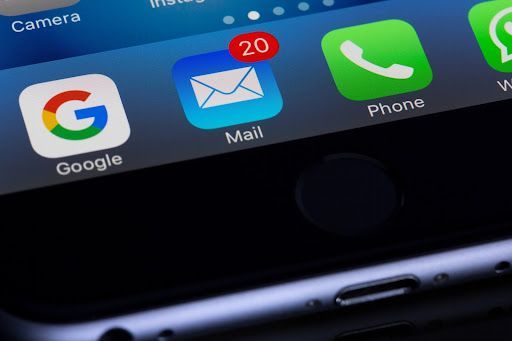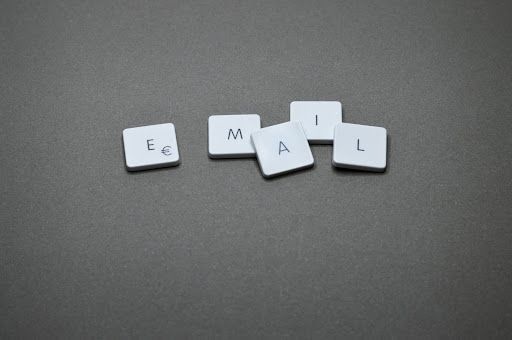A Guide to Email Marketing

When it comes to using email marketing, the numbers don’t lie. For every $1 a business spends on email marketing, they’ll get back $38 in revenue. What other marketing strategies do you know of with that kind of ROI? Think about these stats , too:
- There are 3.9 billion daily email users.
- Mobile opens account for 46% of all email opens.
- 35% of business professionals check email on a mobile device.
- 73% of millennials prefer communications from businesses to come via email.
- Marketers who used segmented campaigns saw a 760% increase in revenue.
- 35% of marketers send their customers 3-5 emails per week.
With the right approach, it’s easy to get started leveraging email as a valuable marketing tool.
Flesh Out Your Goals
Your email marketing campaigns shouldn’t be an experiment. Create campaigns with tangible goals in mind, just like you would with other areas of your strategies, and ask these questions. Do you want to grow your customer base and convert readers to buyers? Are you sending out reminders to online shoppers who abandoned their shopping carts on your eCommerce site? Does your business have new product announcements? Think about the answers to these questions as the foundation for the content you create and your campaign’s success benchmarks.
Upgrade Your Tech Tools
There’s no shortage of tech tools these days that will help you send out emails, but not all of them are ubiquitous or right for your business. Some are much more robust than others and offer a full suite of features that help craft your content and track your analytics. Look for email software with pre-made templates, automation settings, and integration with your website and other marketing software currently being used. However, remember that these tools aren’t hands-off, and you still need to be hands-on with the process unless you choose to outsource some (or all) of these steps.

Create Buyer Personas
Unless you genuinely know the audience you’re sending emails to, you may as well not send emails at all. Start by taking a deep dive into the different layers and groups and segment them into groups, creating avatars of buyer personas to help. Think about their shopping behavior, where they are in their purchase journey, and the overall objective of your campaign. Then use that information to personalize your message. This will help your email messages hit the target and get closer to your overall campaign goals.
Don’t Miss Out On Mobile
As mentioned before, nearly half of all emails are opened on mobile devices instead of computers. When creating and designing your email marketing campaigns, don’t overlook this staggering fact. Many of the tech tools will automatically optimize emails for being opened on smartphones and mobile devices. Still, it’s a bright idea to send a test email to your own device before you send out campaigns to customers. The last thing you want is for all of your hard work to go to waste because they can’t see your content or click on the links you’re sharing.

Add Some Visual Appeal
The aesthetic and design of your email are just as important as factors like segmentation and mobile optimization. Ensure that your branding is clear and consistent, you include information about how to contact your business, your fonts are large and easy to read, and you’re using graphic design basics in the layout. Better yet, include GIFs and videos, both media types that have been proven to garner engagement. Find ways to grab and hold readers’ attention from the first moment they open your emails.
Track the Analytics
How will you know that your efforts are paying off if you’re not tracking the numbers? Look for metrics like open rates, conversions, unsubscribes, or responses to understand what’s working and what’s not. From there, pull out individual elements like subject lines or offers within the emails and tweak them accordingly. Also, make a list of which emails were undeliverable; you’ll want to reconcile these email addresses with your lists to ensure that your valuable customers aren’t inadvertently missing out on receiving your emails.
There are indeed several factors to consider when it comes to creating successful email marketing campaigns. Still, ultimately it’s a highly lucrative content marketing strategy that all businesses should be using. We can help you learn how to leverage the power of emails. If you’d like to talk about the role that email marketing could play in filling your sales funnel, we’d be delighted to have that conversation. Contact us today and request a consultation for your business!
The post A Guide to Email Marketing appeared first on Cole Dalton.




Visit Our Office
Navigation

(314) 279-0600
| info@cole-dalton.com
|
710 N. Tucker Blvd Suite 503, St. Louis, MO 63101
All Rights Reserved | Cole-Dalton Marketing Services




